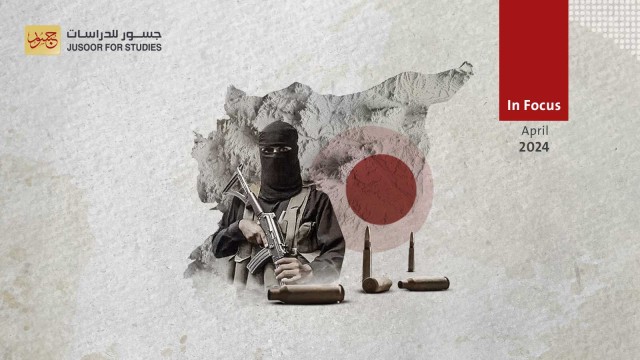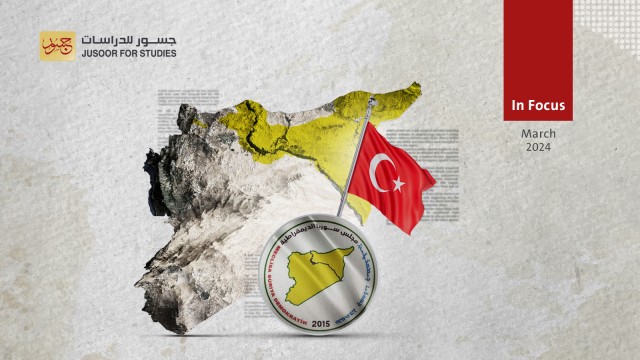The Syrian regime's endeavours to guarantee quantities of foreign currencies, reasons & options
The Syrian regime's endeavours to guarantee quantities of foreign currencies, reasons & options
In mid-April 2022, the Central Bank of Syria raised the exchange rate of the US dollar from 2,500 to 2,800 Syrian pounds (SYP) per dollar.
The money transfer companies in Syria had raised the purchase price of the US dollar set for the delivery of remittances received from abroad since the beginning of April 2022, in response to the orders of the Central Bank of Syria and in coordination with it. This move occurred in order these companies to benefit from the increase in remittances as of the start of Ramadan and the approach of Eid al-Fitr. It is expected that money exchange companies collected not more than 50 million dollars during Ramadan and the Eid al-Fitr period. A modest amount as such does not match the expectations of the Central Bank of Syria based on the volume of the remittances in previous years.
It can be said that the collected amounts of the foreign currencies were disappointing for the Central Bank of Syria; which made the bank argue the money transfer companies to collect larger ones once again by means of their own connections and tools. At this point, the money transfer and exchange companies were compelled to continue offering the dollar exchange at a higher price for remittances. Meanwhile, the regime’s Interior Ministry facilitated obtaining passports for those who are able to pay larger sums in US dollars, after its ability to provide this service declined due to technical problems.
With the global rise in the prices of major commodities, the regime’s government faces challenges in obtaining the necessary quantities. It is noted, for instance, that the party which is responsible for providing supplies for the army and security forces has delayed a number of tenders that it announced earlier in the past three months to secure foodstuffs, maintenance equipment and spare parts. For these purposes, the regime is pressed to secure funds in hard currencies to re-open these tenders again and fund feeding operations for the army and security forces.
It seems that the regime's government sees its main partners, Russia and Iran as not a reliable source for granting loans; as Russia is facing huge expenses as a result of its invasion to the Ukraine three months ago and in light of western sanctions that crippled its financial capabilities.
Furthermore, Iran, the regime other partner, is also facing sanctions; those it was counting on lifting them as soon as the Biden administration's accession to the US presidency. Moreover, Western sanctions imposed on businessmen and entities close to the regime contributed to reducing their ability to secure funds with the same efficiency as before.
For harvesting foreign currency, the Syrian regime generally relies on revenues from passport and military service exemption fees as well as other fees coming from providing general services for Syrians living abroad. Furthermore, foreign remittances, exports of goods, in addition to amounts of money provided by a network of businessmen working with the regime and debts and donations coming from some partners, are all added to the regime's sources of obtaining foreign currency.
With the commencement of the global food crisis, the regime halted exporting basic commodities. However, the regime resumed to allow the export of some of these commodities since early May. It has also, provided a 10% support to industrial sectors capable of exporting, which is expected to secure sums of money for it.
The regime’s ability to issue passports and official papers allow the regime to obtain foreign currencies.
In addition to that, the regime is expected to expand its economic activities through a network of businessmen, especially in the UAE and Egypt.








